Flevoland isn’t usually on most people’s lists of parts of the Netherlands to explore, but if you skip it altogether then you’re missing out! Of course, I’m slightly biased since I live here and have had plenty of chances to explore, but the youngest province in the Netherlands is very unique. Not only is it almost completely man-made (what is now Flevoland used to be part of the Zuiderzee until land reclamation projects in the 50s and 60s) but it’s home to some great nature parks and a really cool Land Art Route, which is what I’m going to tell you about today!
About the Land Art Flevoland Route
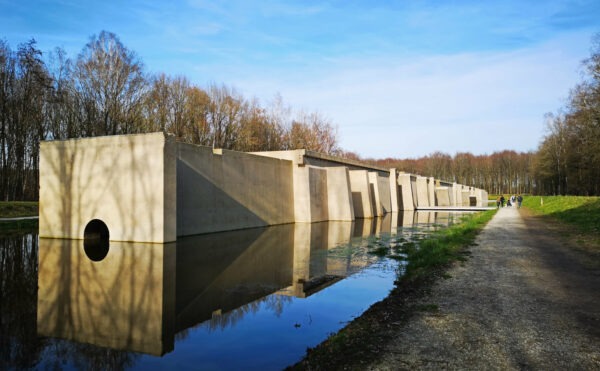
When the Flevopolder was being constructed, apparently some of the engineers and planners decided to also add in a series of ‘Land Art’ pieces; landscape artworks that were popular in the United States in the 70s. The first one was installed in 1977 and over the years more have been made, resulting in a series of nine art installations dotted throughout the province. I have been (very) slowly making it a mission to visit them all (although you could probably see them all in one day) and now finally have! I have included them in the order you would see them if you were driving from Amsterdam, up to the Noordoostpolder and then back down to Amsterdam, rather than the dates they were installed. It would definitely be a fun road trip to see them all, although you would need a car in order to reach them.
Polderland Garden of Love and Fire: Daniel Libeskind (1997)
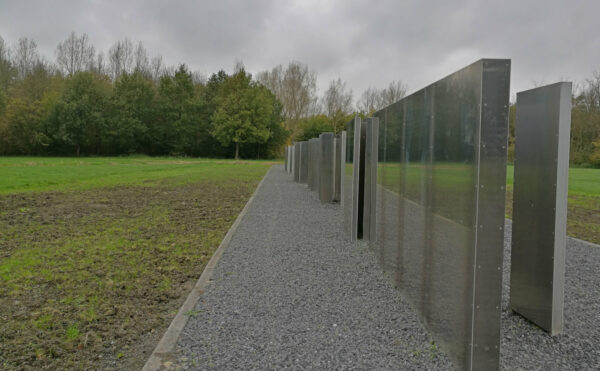
The Polderland Garden of Love and Fire is located just outside of Almere, to the north-west of the city. As you can see, it was a pretty grey and cold day when we visited! The vertical aluminium walls create a kind of labyrinth, while the intersecting lines of the walls, the surrounding pathways and canals head in different directions if seen from above. This piece was installed in 1997 and created by Daniel Libeskind, a Polish-American architect and artist who wanted it to be a kind of meditation garden. Read more about it here.
Exposure: Antony Gormley (2010)
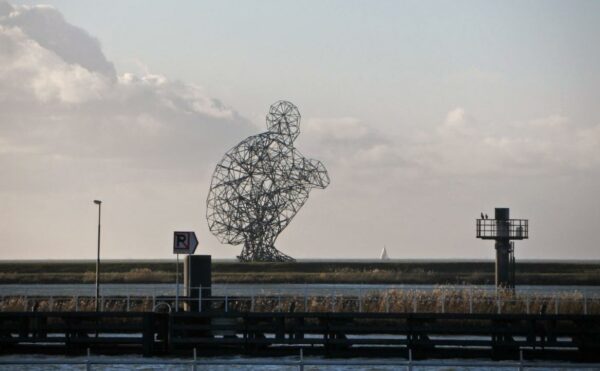
Exposure is possibly the most well-known of the Land Art Flevoland pieces, as I’ve seen quite a few photos of it and it’s kind of hard to miss! If you’re visiting Batavia-Stad (an outlet shopping mall) in Lelystad then you can see it just across the water, squatting on a breakwater at the beginning of the Houtribdijk. Also known as “the squatting man”, this piece was created by Antony Gormley (a British sculptor) in 2010 out of steel angles, bolts and nodes. You can also go right up to it and walk around if you want to see it up close. Fun fact: Antony Gormley is also the artist behind the famous Angel of the North – the largest sculpture in England! Read more about Exposure here.
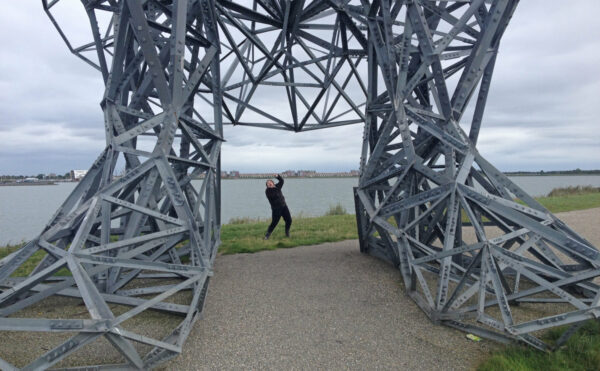
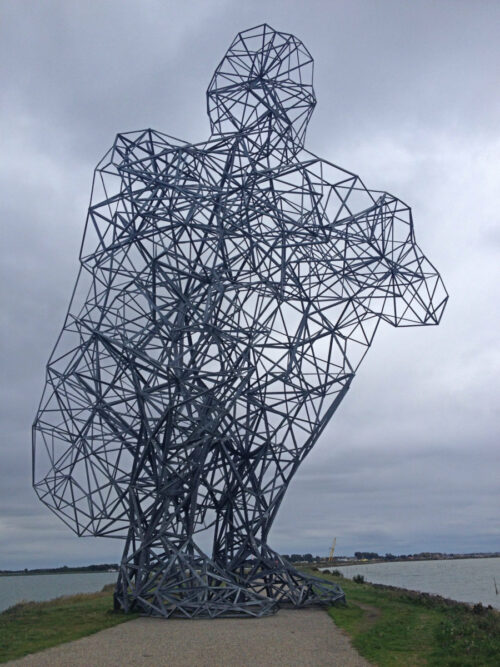
Observatorium: Robert Morris (1977)
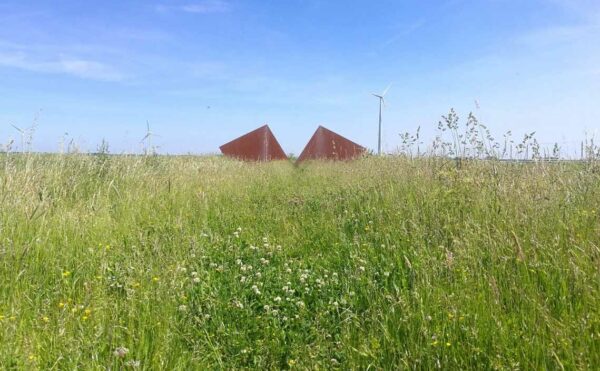
Observatorium was the first Land Art Flevoland piece we actually made it a mission to visit, rather than how I had seen Exposure on my first visit to Lelystad without actually knowing it was part of a larger art series. Observatorium is located just outside Lelystad, and is basically a natural-looking observatory made out of concentric earth walls with openings. It was originally built at Santpoort but was moved to Lelystad in 1977, and actually made 20% larger. The openings line up with the rising sun on the autumn and spring equinoxes, as well as the winter and summer solstices. White it just looks like some mounds and grass at ground level it looks a lot cooler from the air! Find out more about it here.
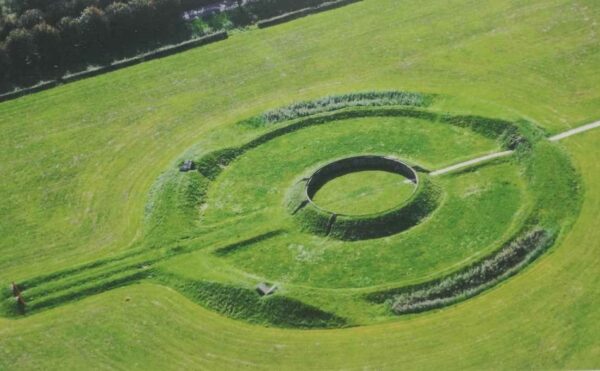
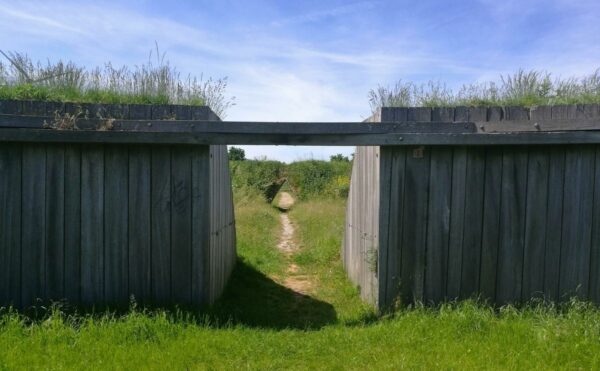
Deltawerk: RAAAF/Atelier de Lyon (2018)
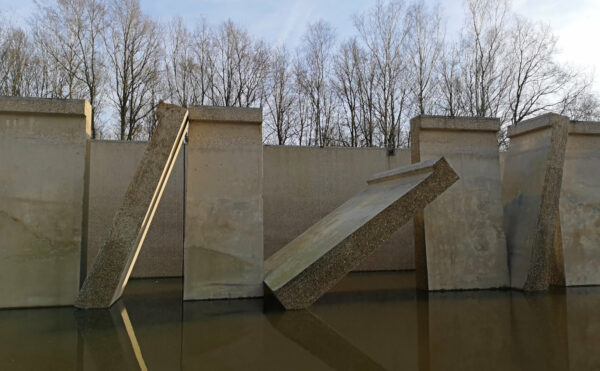
Deltawerk is located on the Noordoostpolder near the border to Overijssel and was actually a test location for the famous full-scale Delta Works in the south of the country. The Delta Works are a series of construction projects built to protect the land from the sea. As I’m always saying, the Dutch are very good at water management! The land art Deltawerk is made from the test works, and were transformed into a work of art in 2018. It’s quite a nice little walk from the car park to see the blocks looking all precariously perched, and there’s also a little playground next to it for kids. Find out more here.
PIER + HORIZON: Paul de Kort (2016)
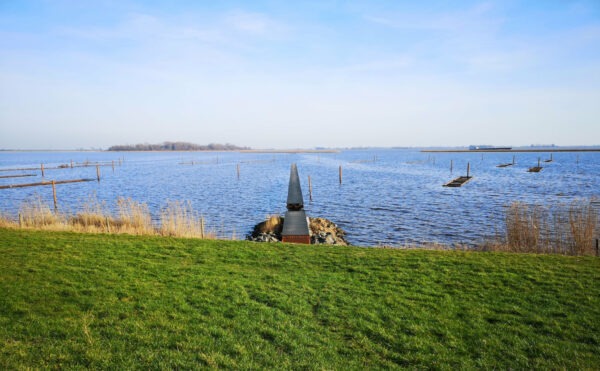
We visited Pier + Horizon on the same day as Deltawerk since they’re so close together. For this one you need to park and then walk along a bike/walking path for about 15 minutes to reach it, just over the other side of the hill. The piece is made up of a long jetty (that’s cut in half) that’s surrounded by floating reed mats attached to poles. As the wind changes, the mats also change direction. The piece itself, by Dutch artist Paul de Kort, references the paintings by Piet Mondrian named Pier and Ocean. Read more about the land art piece here.
Riff PD#18245: Bob Gramsma (2018)
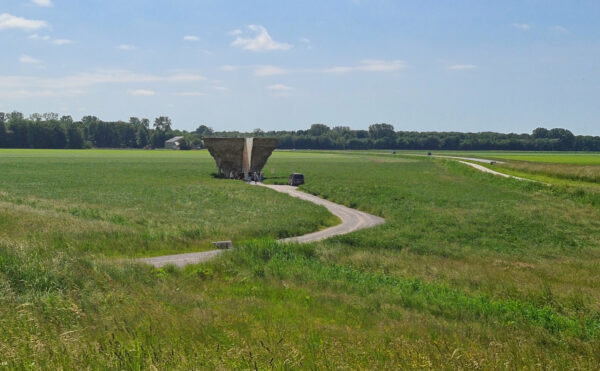
The final piece we visited was Riff PD#18245, which kind of looks like a giant meteor that’s landed in a field when you see it from a distance! Riff represents the polders themselves, as up close it looks like a gigantic lump of clay soil raised up on stilts. There are some (very steep) stairs so you can climb up to see the top of the monument, which is completely smooth and flat. The artist Bom Gramsma wanted it to represent the origins of Flevoland, since the whole province is made of reclaimed land. Read more about it here.
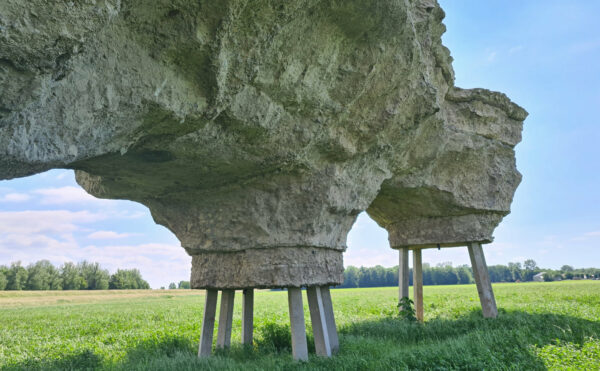
Sea Level: Richard Serra (1996)

This piece is quite cool, located in the town of Zeewolde. It’s often said that most of the Netherlands is actually located under sea level, and here you can literally see it! The two long walls stand on either side of a canal and the highest point shows the height of the former sea that was located where Flevoland is now. Seeing exactly how far under the sea I would be was pretty fun! Read more about it here.
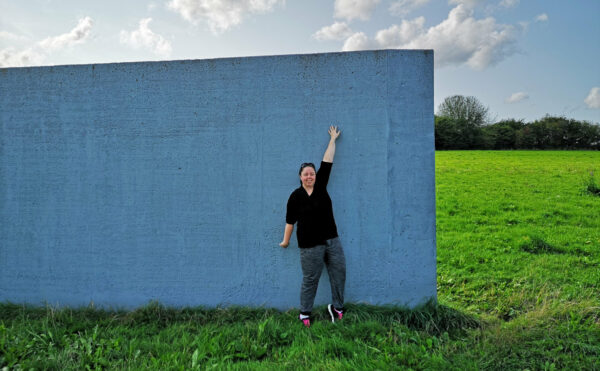
Aardzee: Piet Slegers (1982)

Aardzee is another piece of land art that was inspired by the fact that the land used to be under water. Aardzee literally translates to “earth-sea” and the artist Piet Slegers apparently wanted the undulating flat landscape to once again represent the rolling sea, so he made this piece out of small hills to symbolise waves and the pathways are covered in shells. It’s a bit hard to see from ground level, but it’s still a pretty spot for a walk. You can read more about it here.
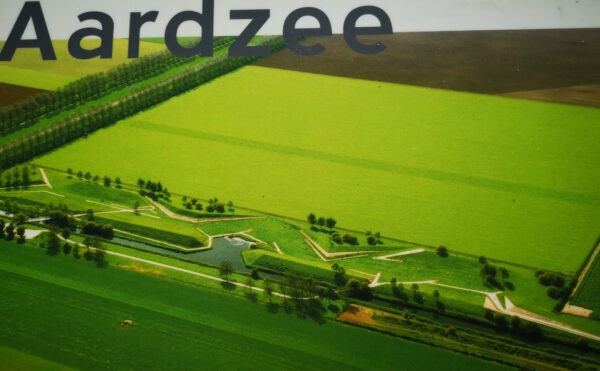
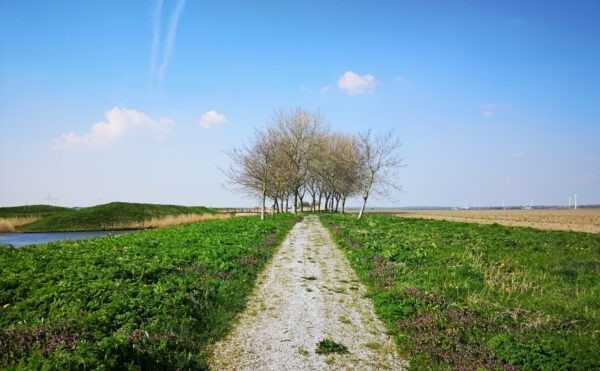
De Groene Kathedraal: Marinus Boezem (1996)
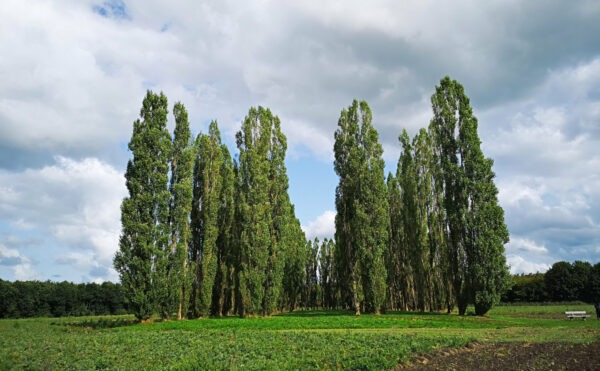
My favourite of all the Flevoland Land Art is this one, De Groene Kathedraal, AKA the Green Cathedral. And that’s exactly what it is, a cathedral made entirely of trees! While you can’t really see the cathedral shape too well from ground level, it’s still really cool. All the trees are planted on straight lines to outline the shape of a Gothic cathedral, and you can see the lines on the ground, including some stone plaques with information. We actually even considered getting married here, as it is possible, but ultimately didn’t do it. It would be pretty special though! Read more about it here.
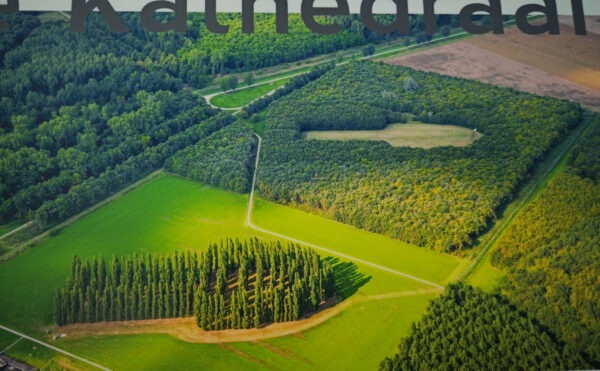
Map of the Land Art Flevoland Route
Some of the Land Art pieces can be reached by public transport but not all of them. As I mentioned, we actually visited all the pieces at different times, but you could easily see them all in one day if you have a car. If you’re coming from Amsterdam you could easily drive a loop either clockwise or anti-clockwise to see them all one after the other. Click on the map below to see more details if you want to plan your own road trip to see them!
Have you travelled in the province of Flevoland before? Would you like to explore the Land Art Route for yourself now? Pin one of these to help you plan your own visit, or let me know if you’ve already seen some (or all) of these spots!
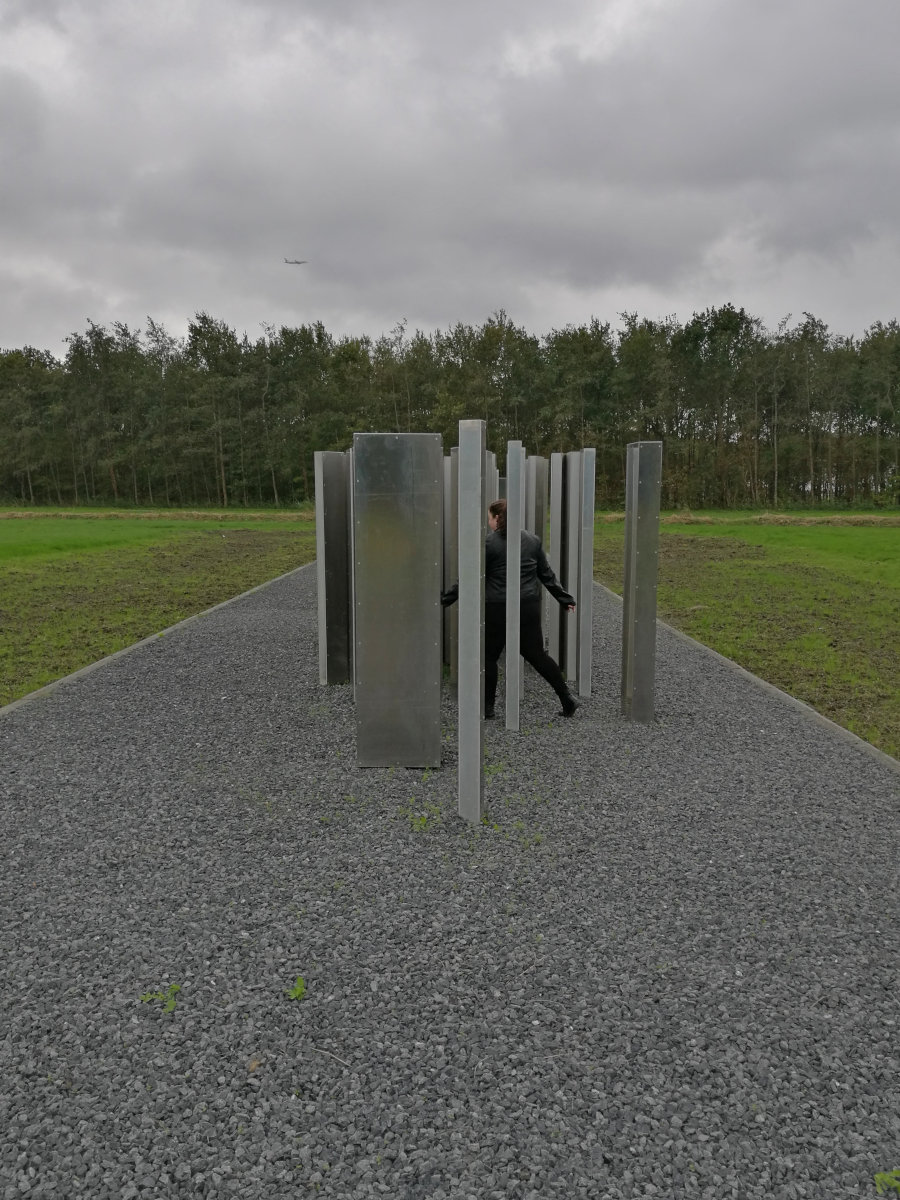
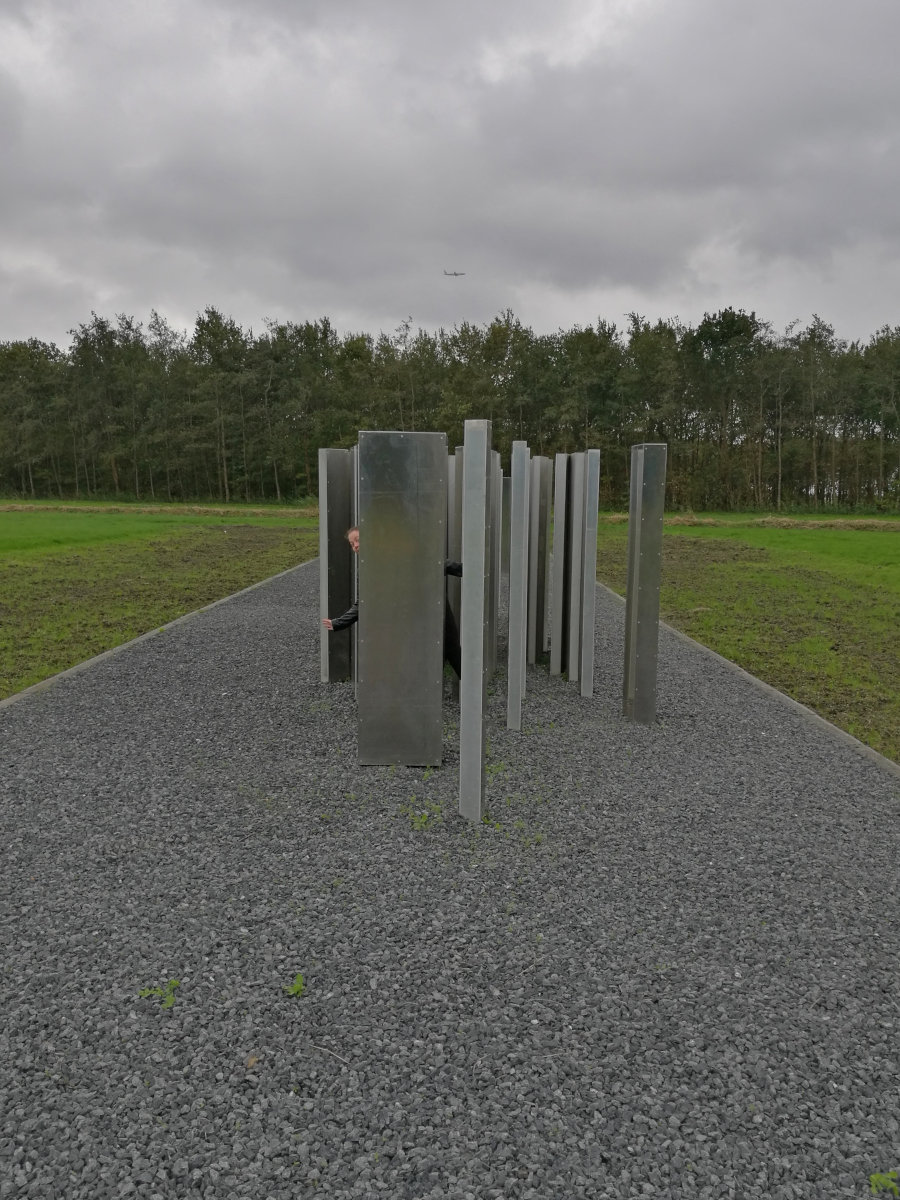
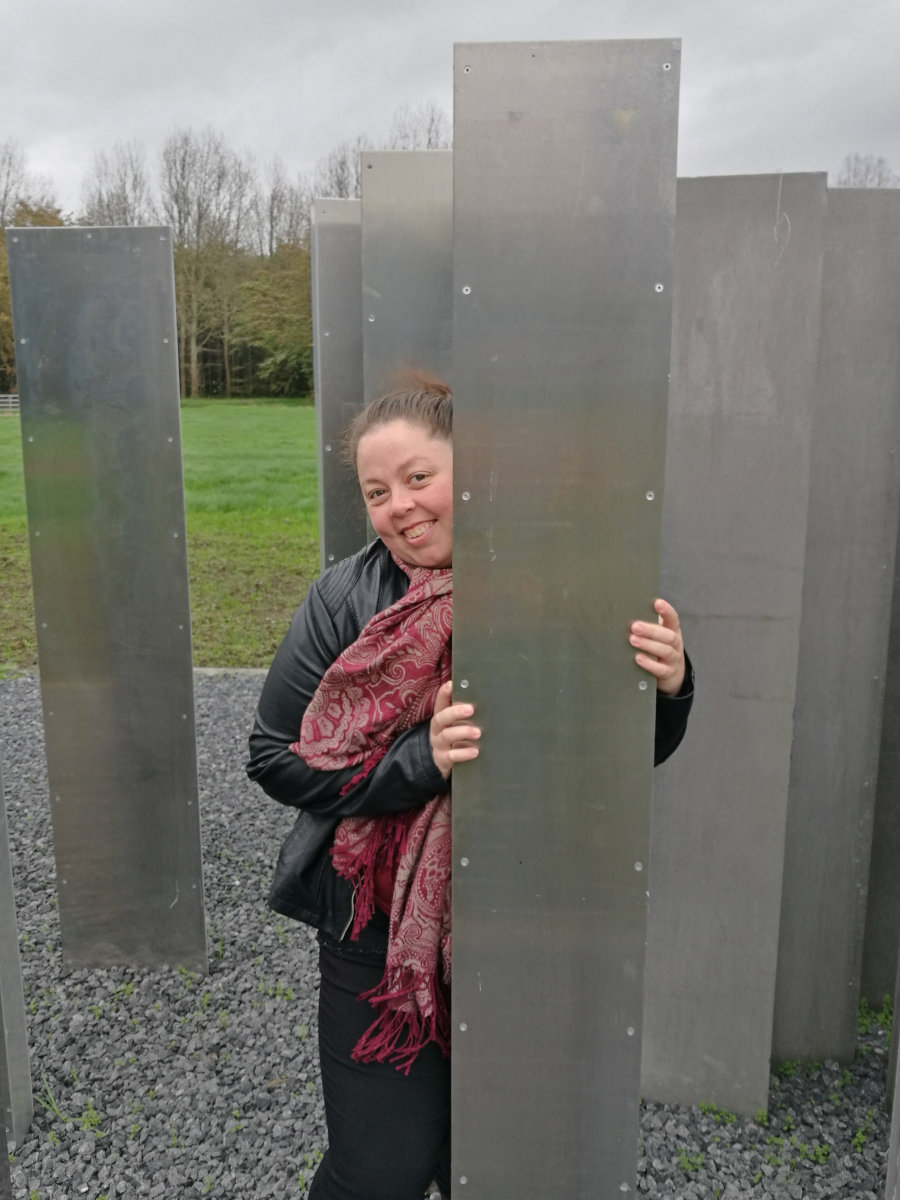
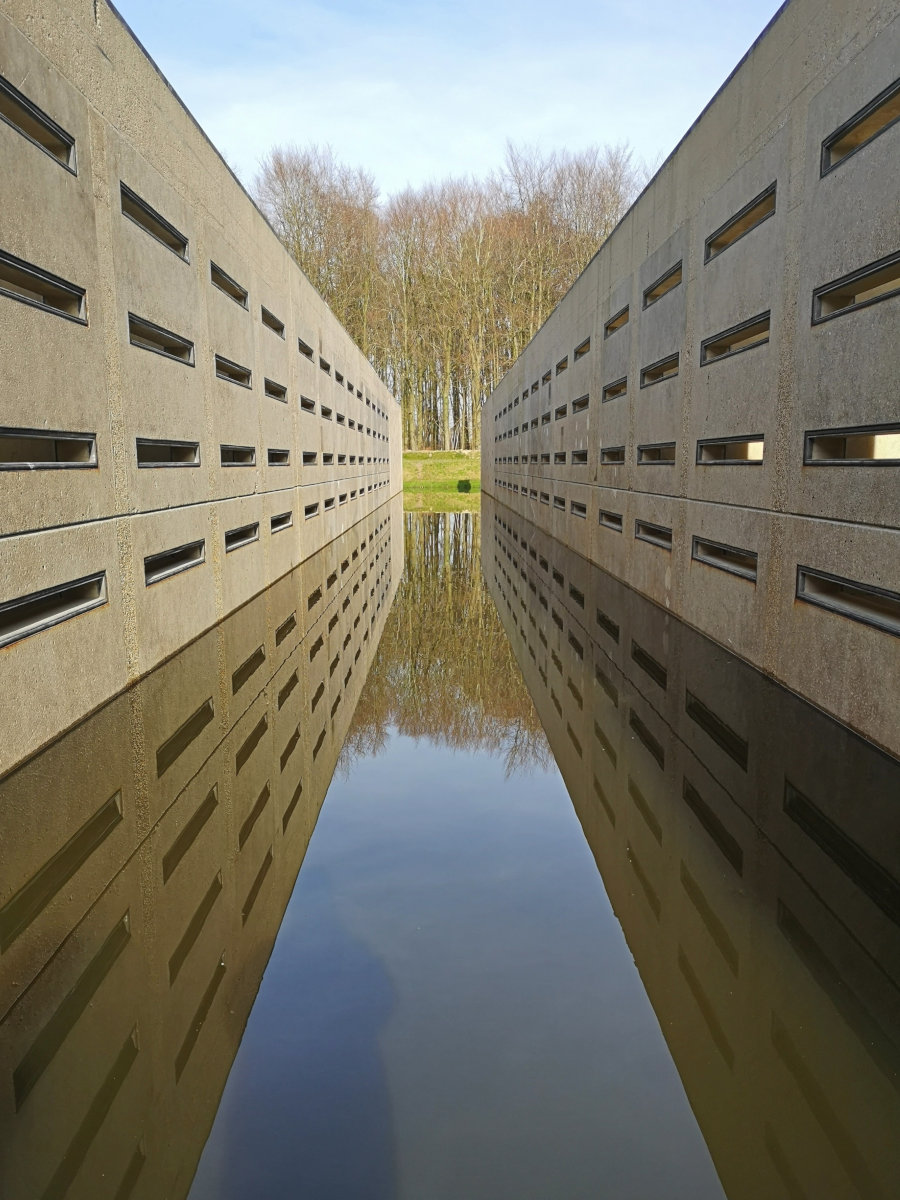
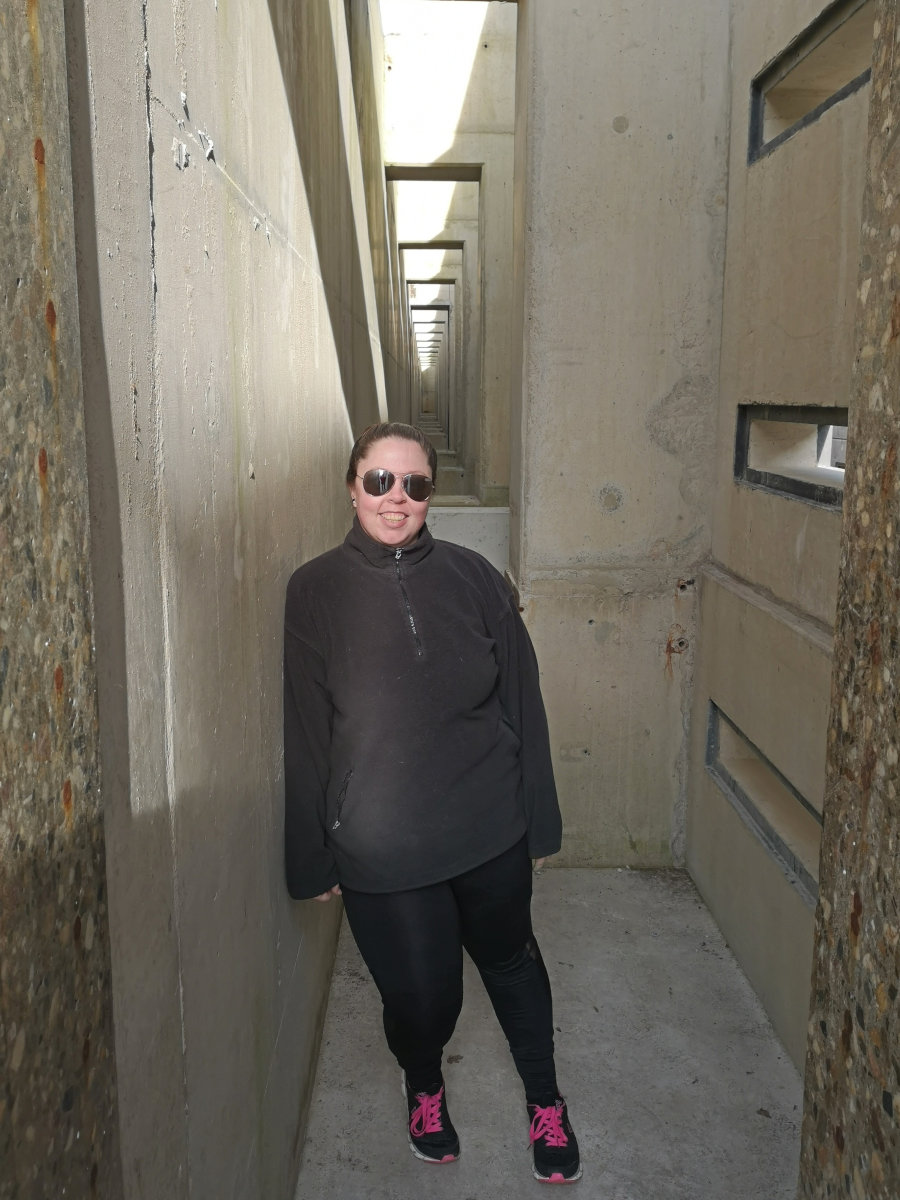
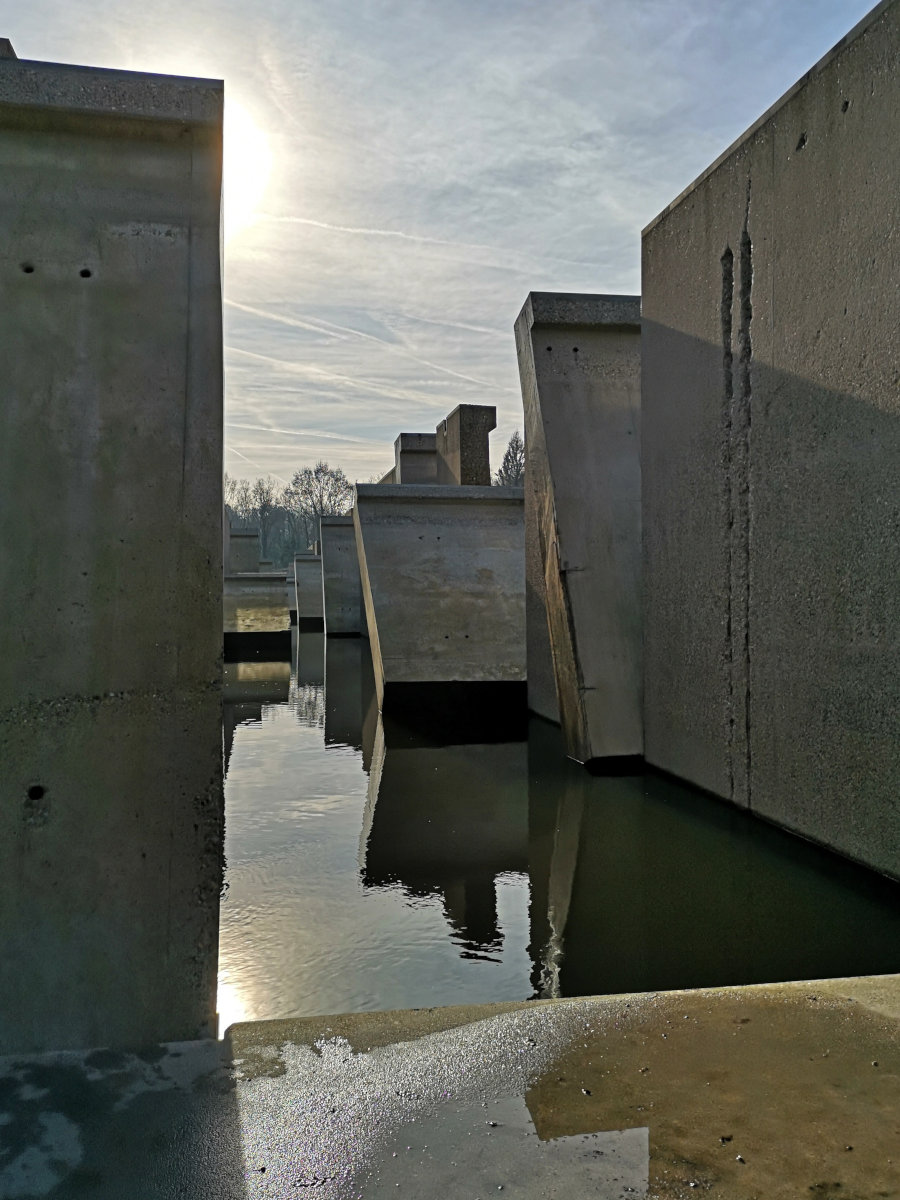
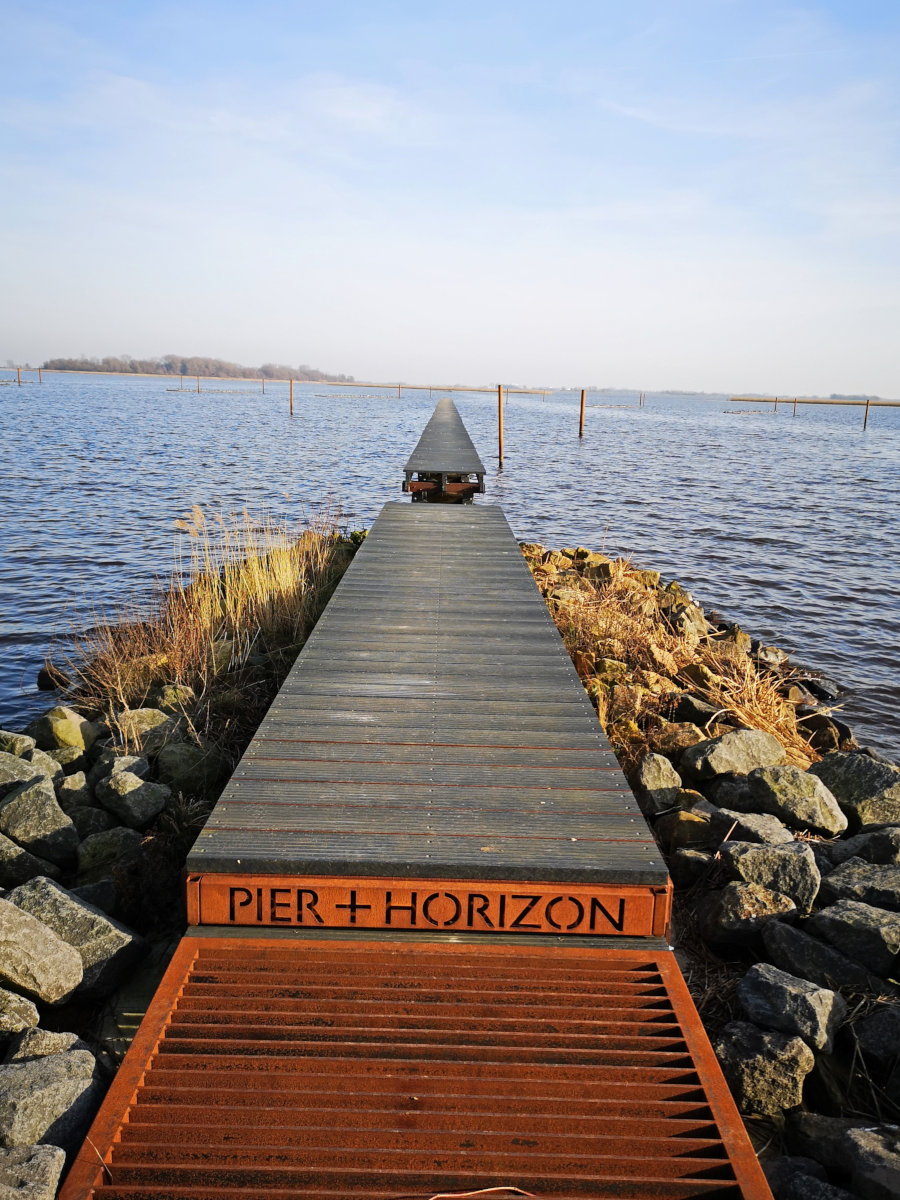
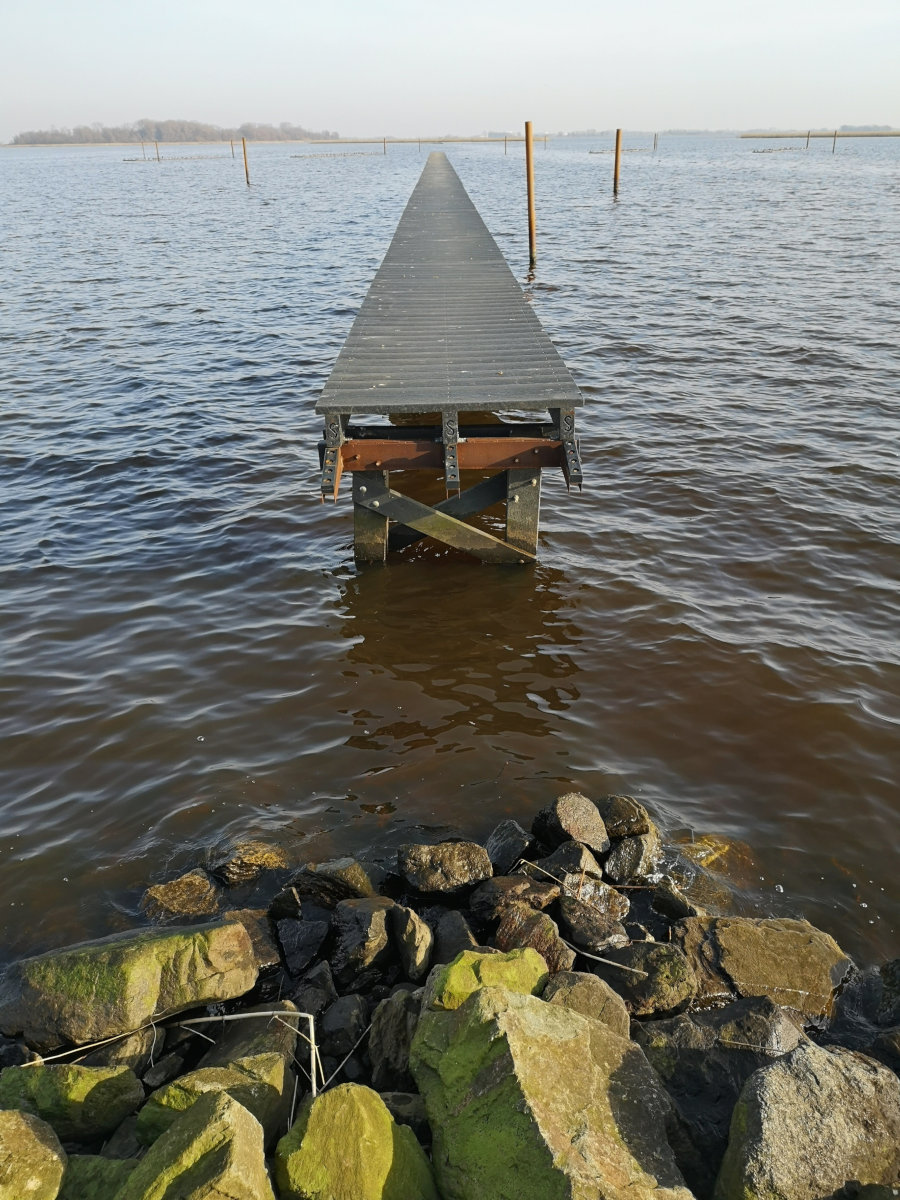
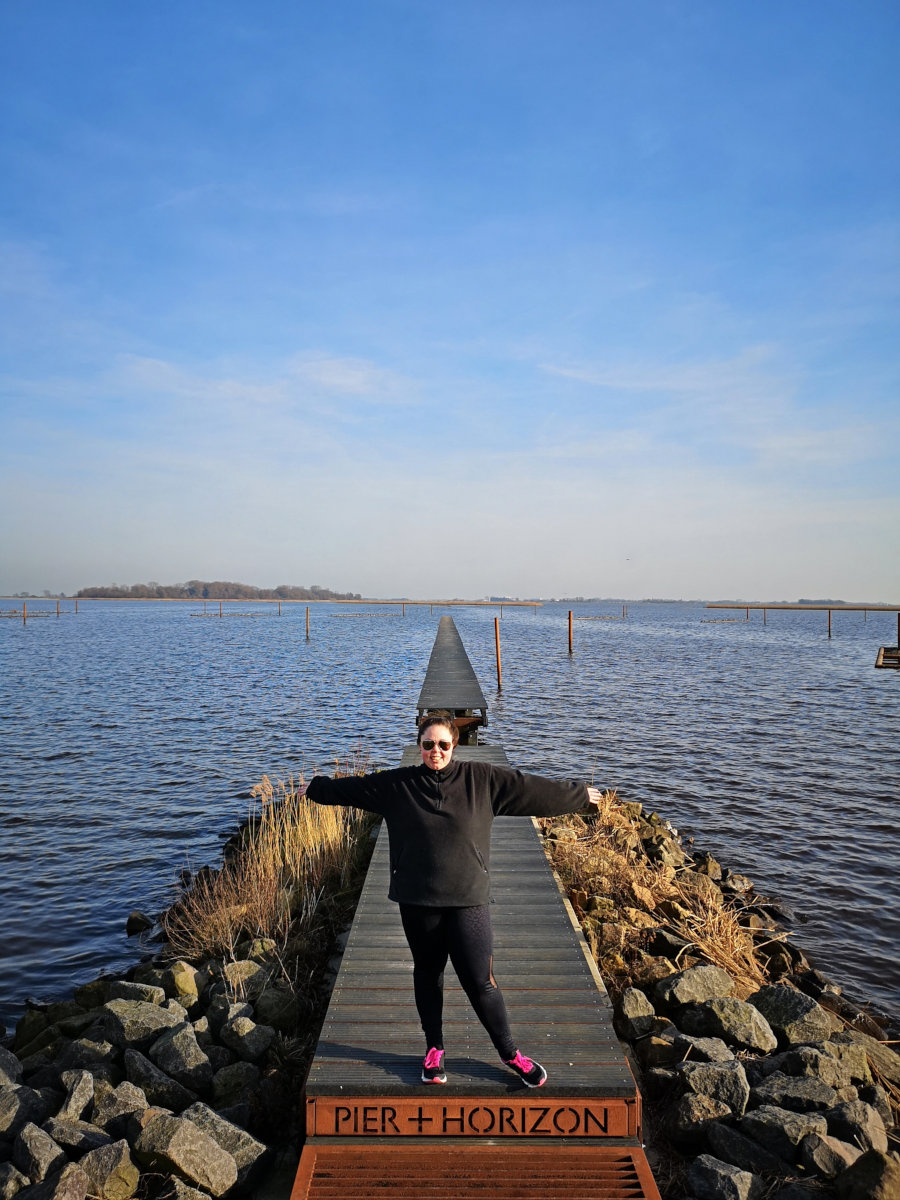
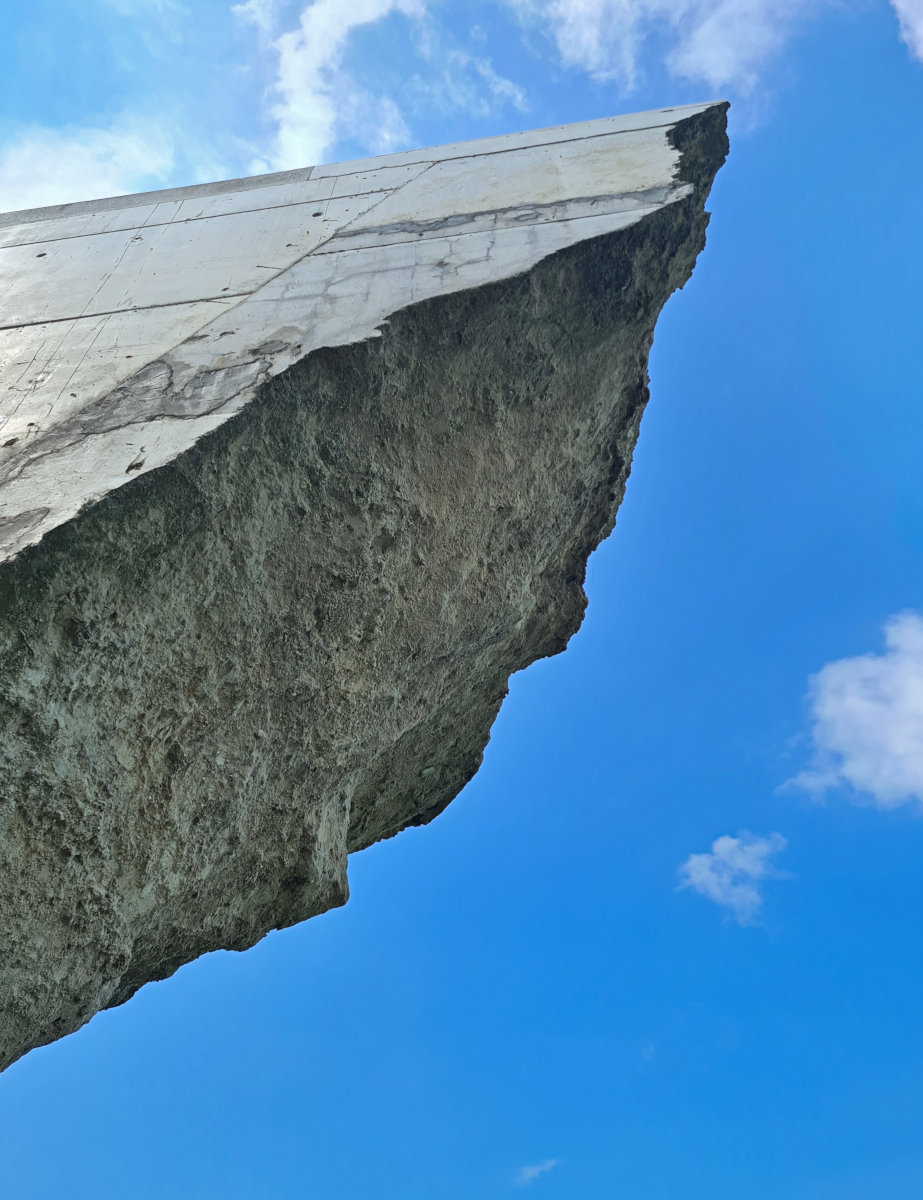
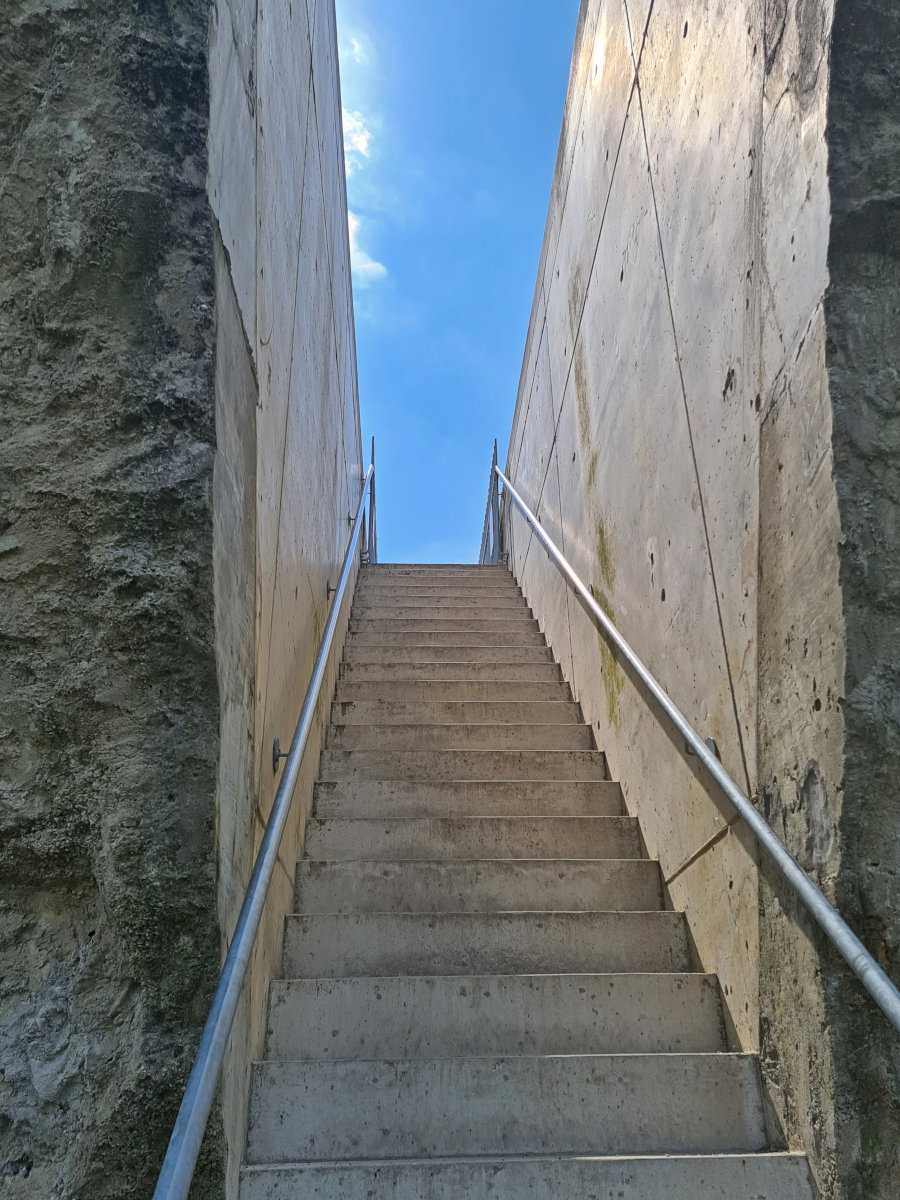
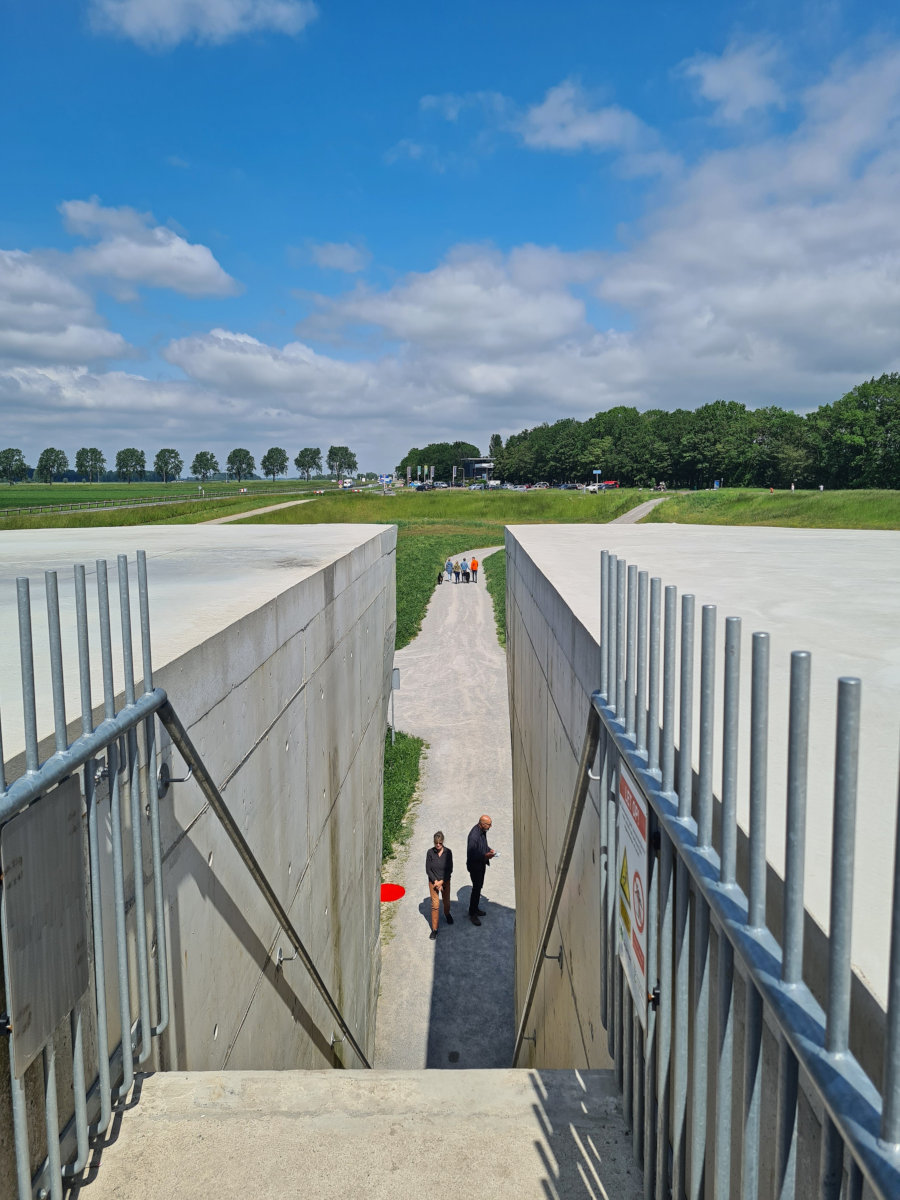
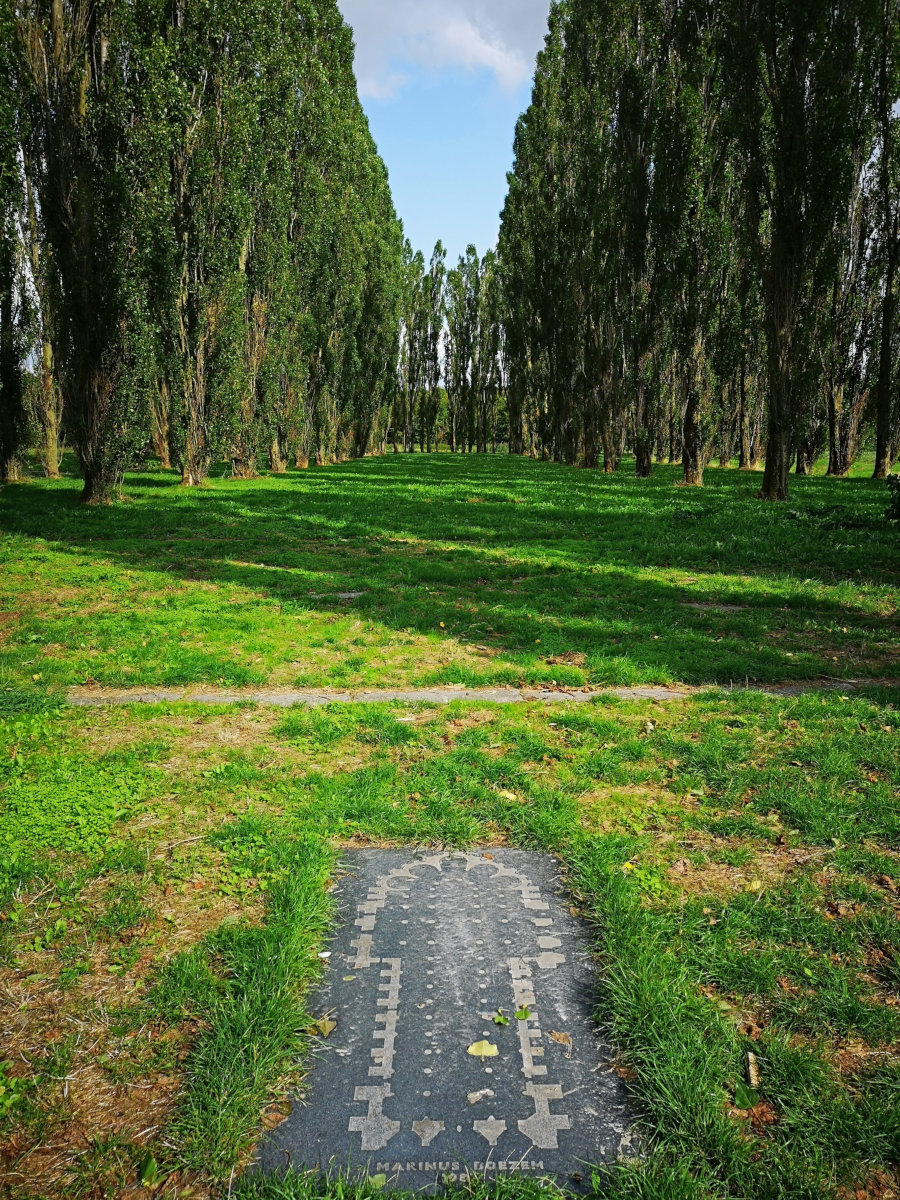
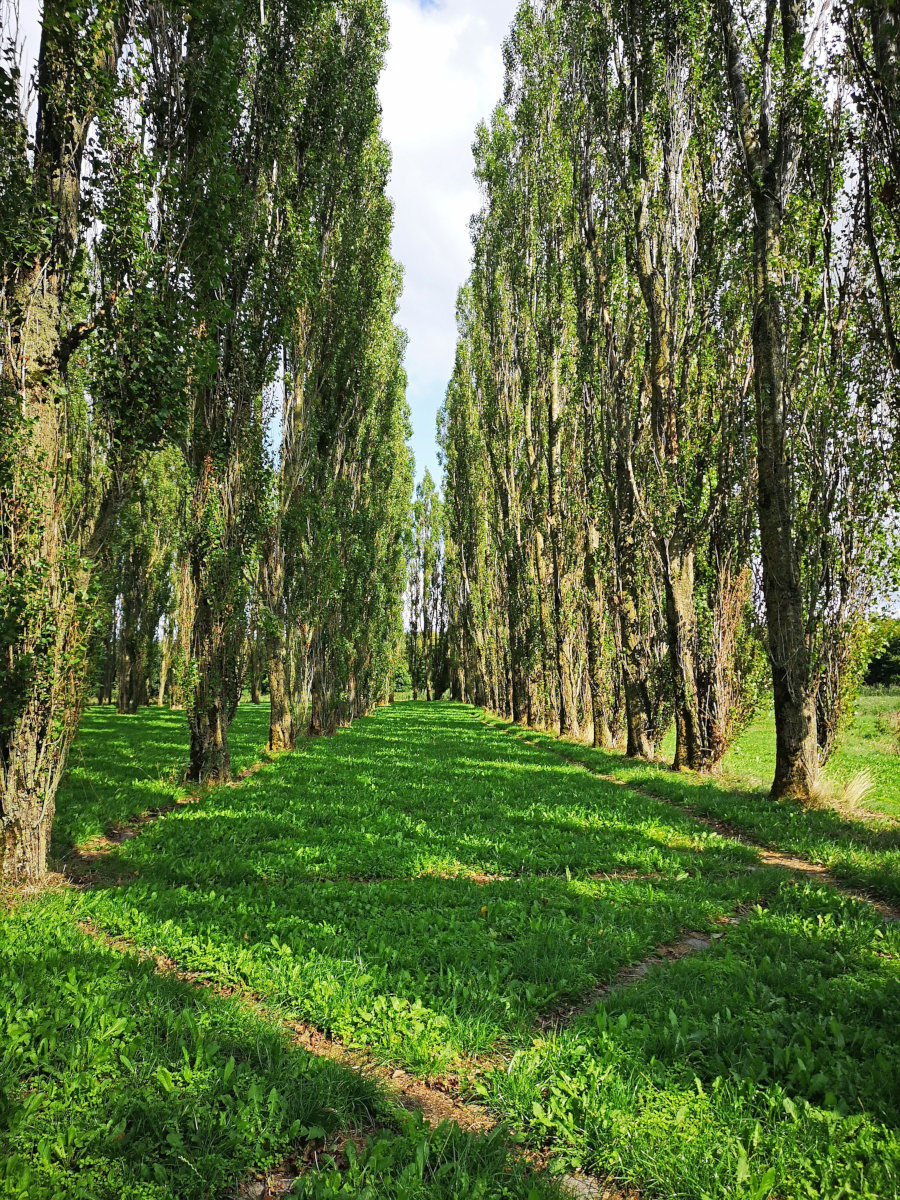

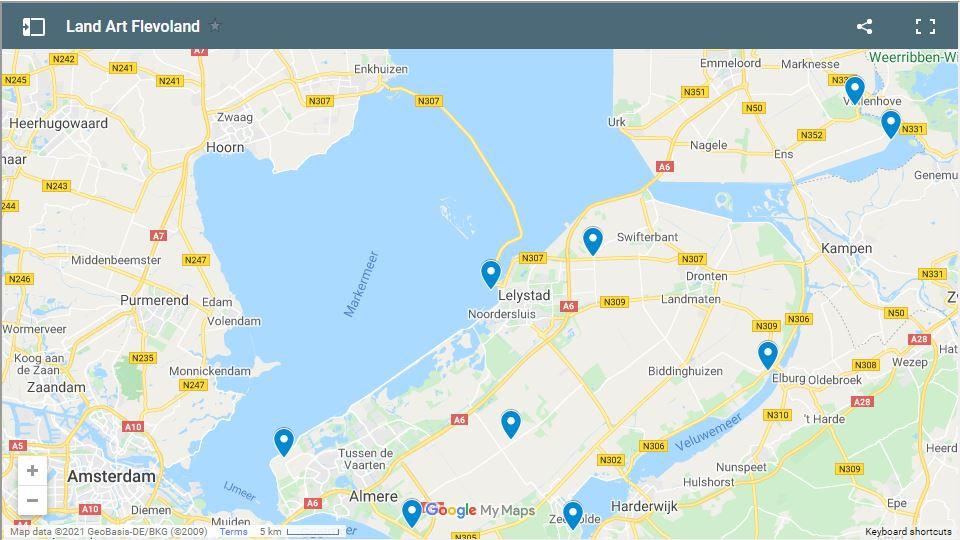
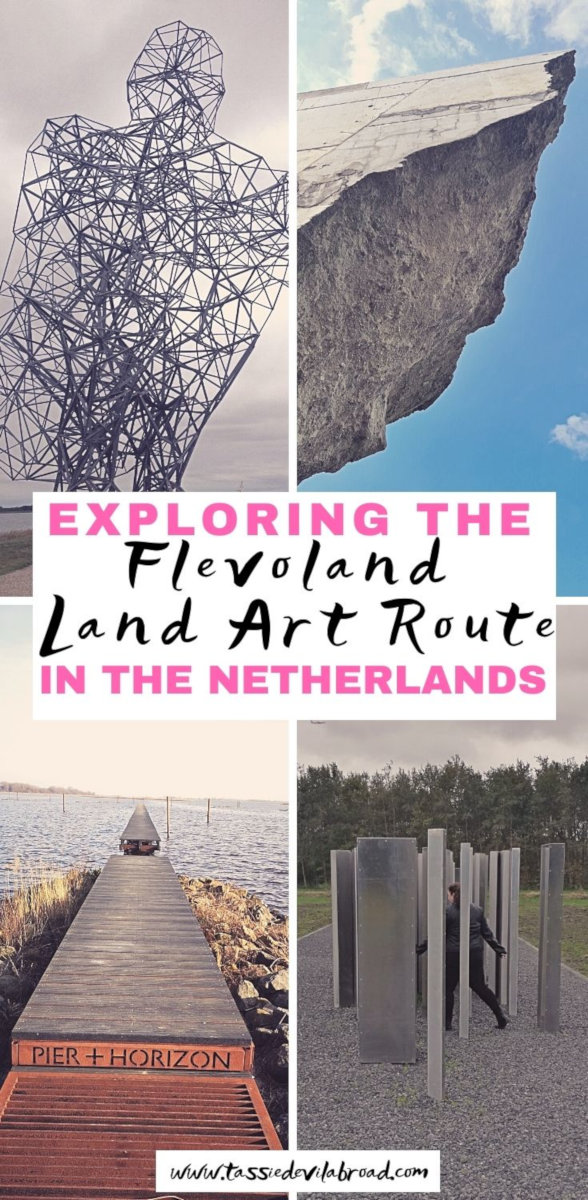
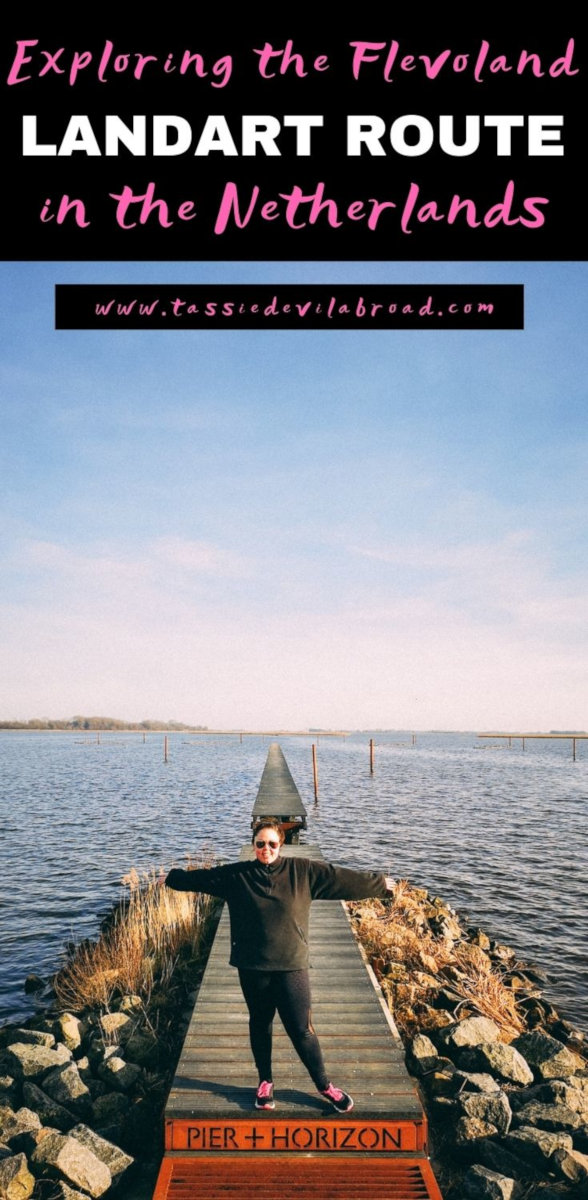
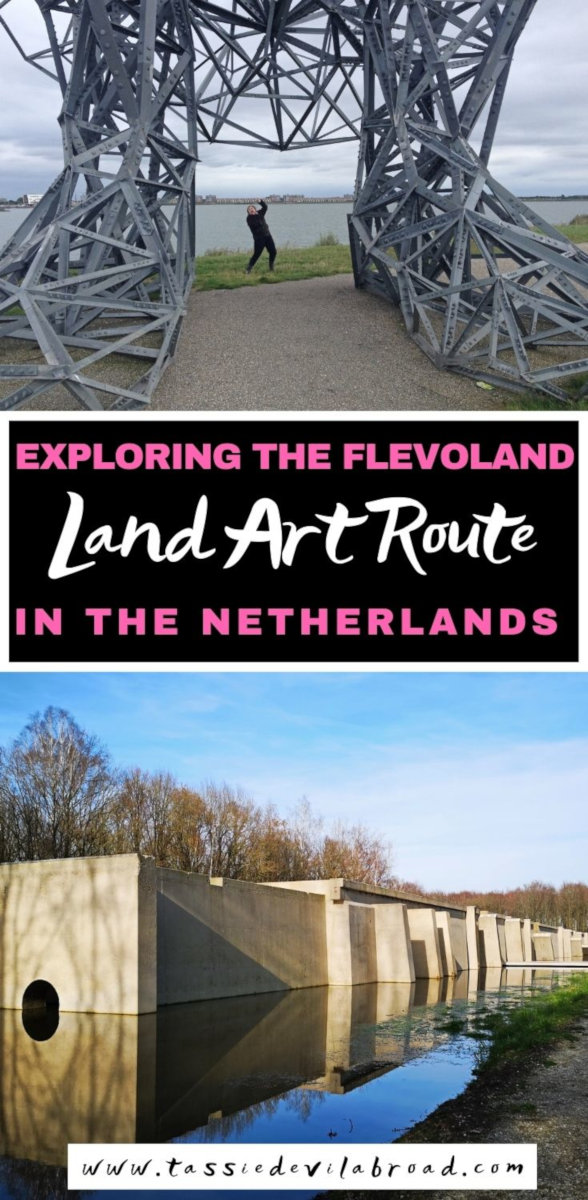
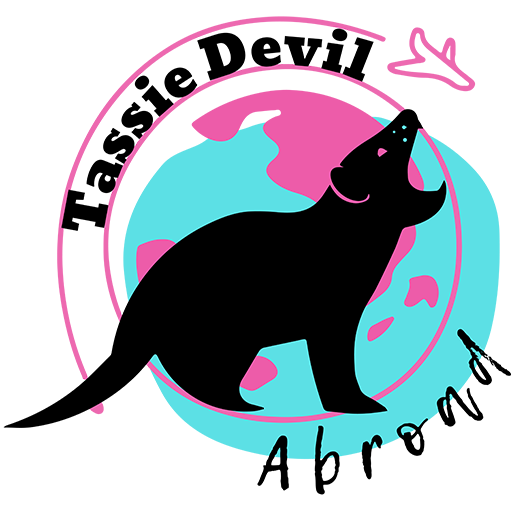
Leave a Reply